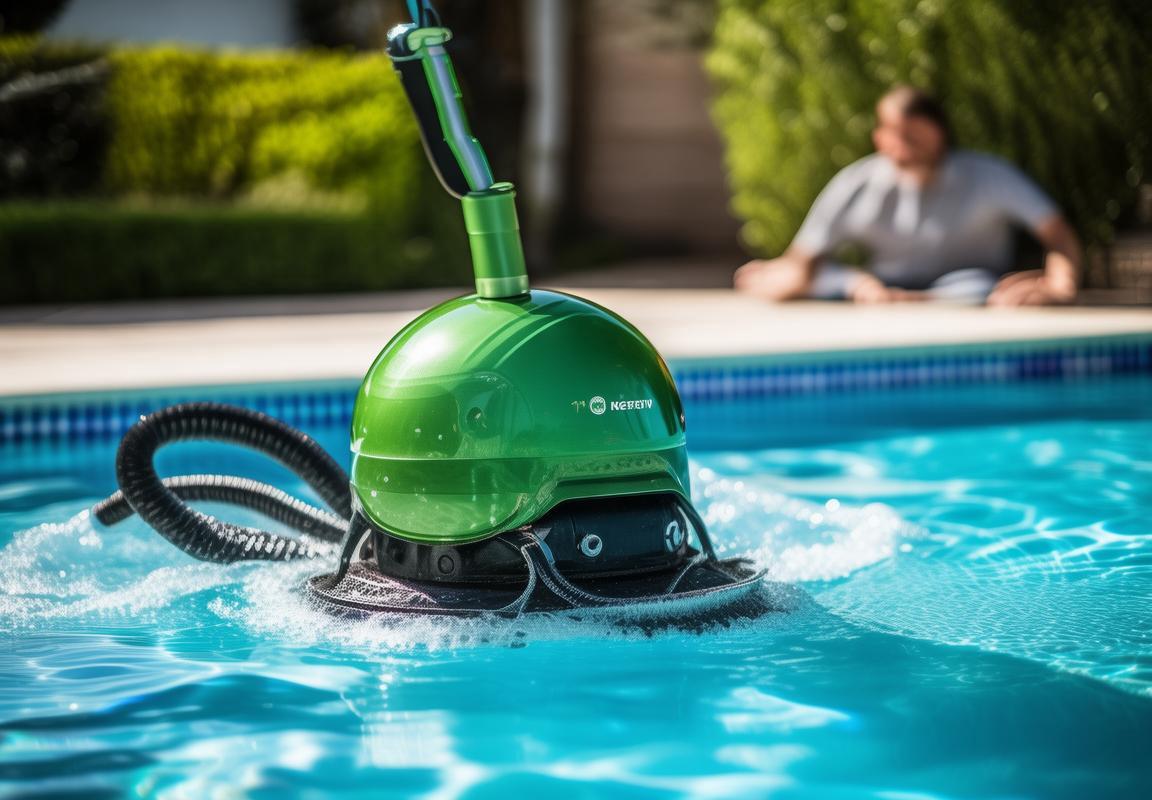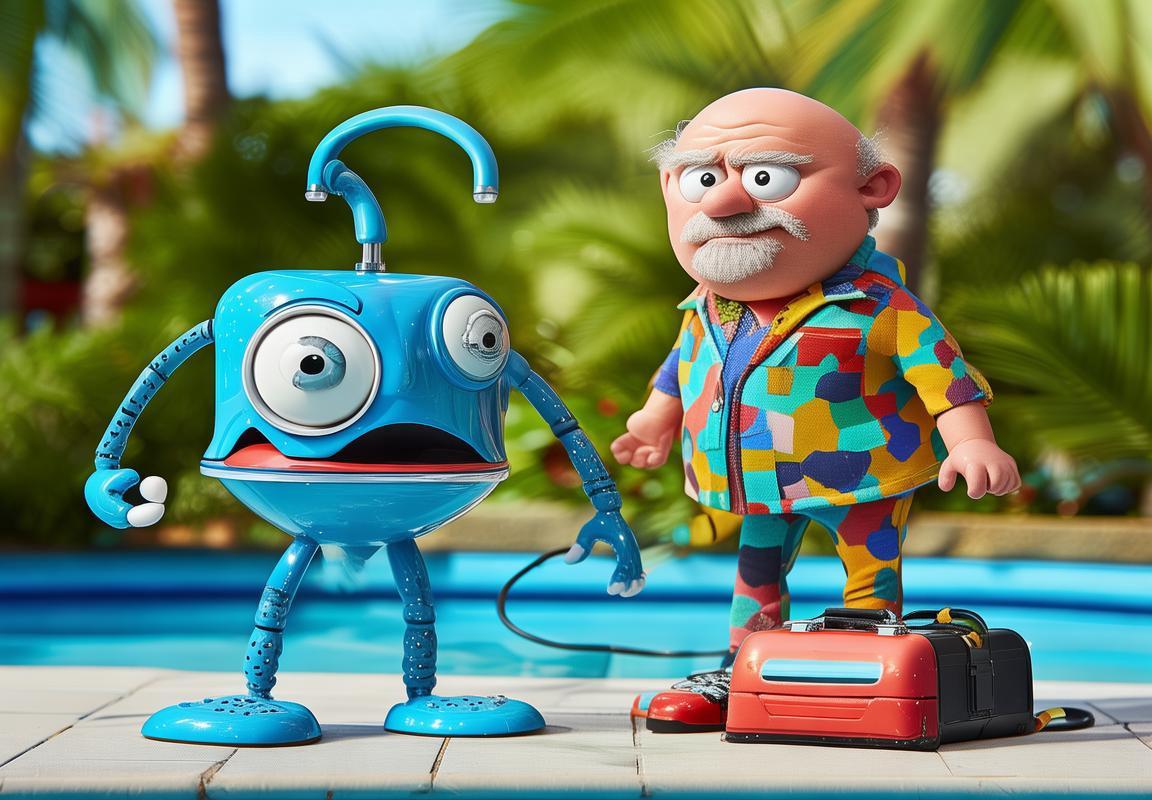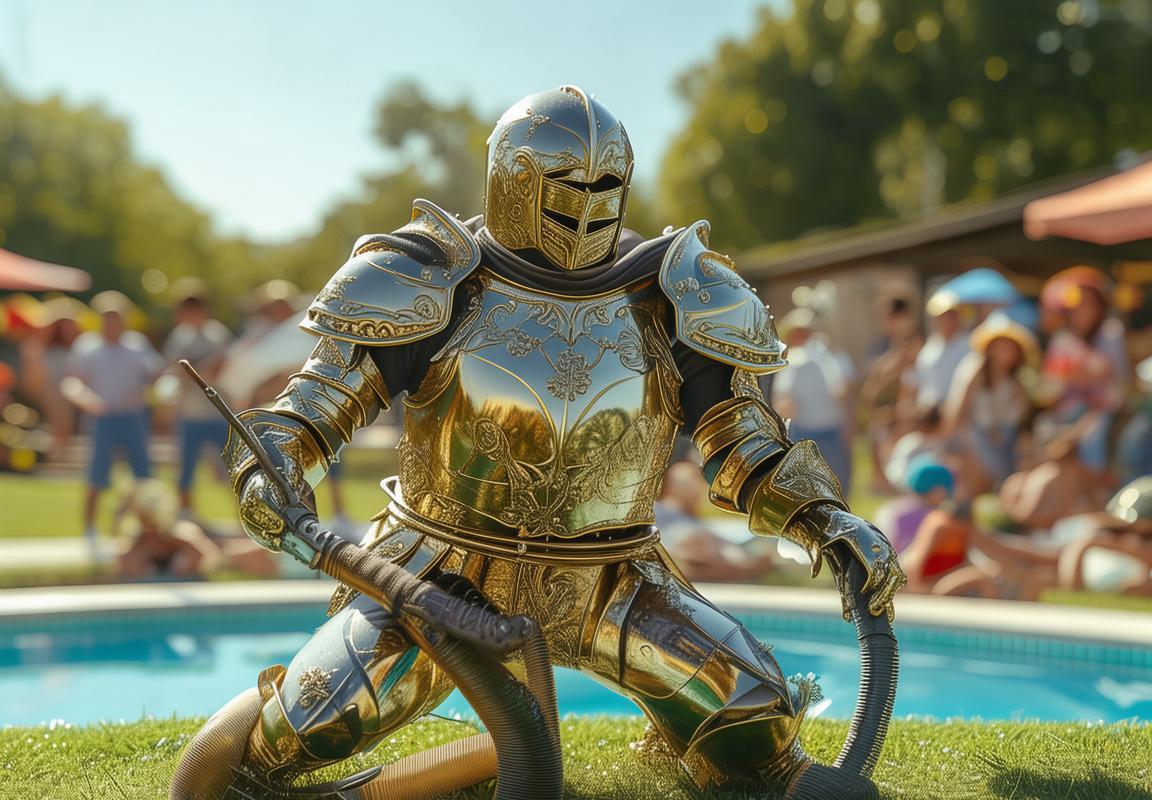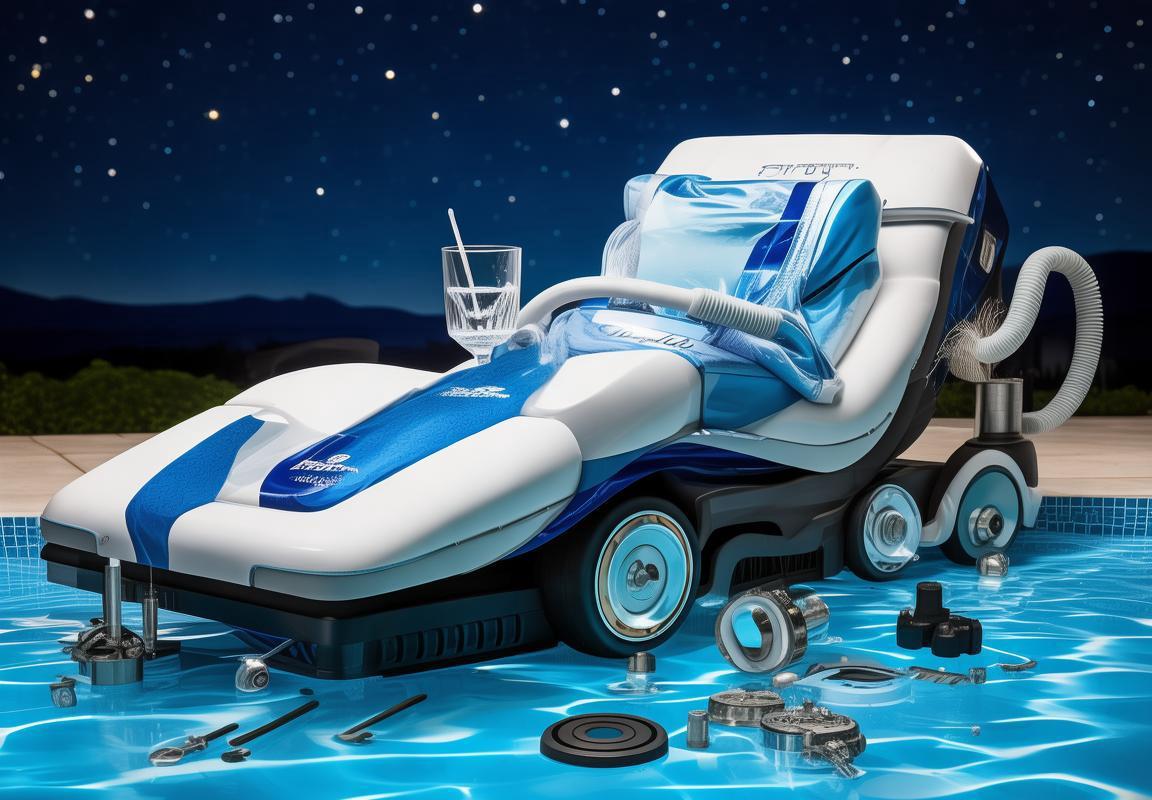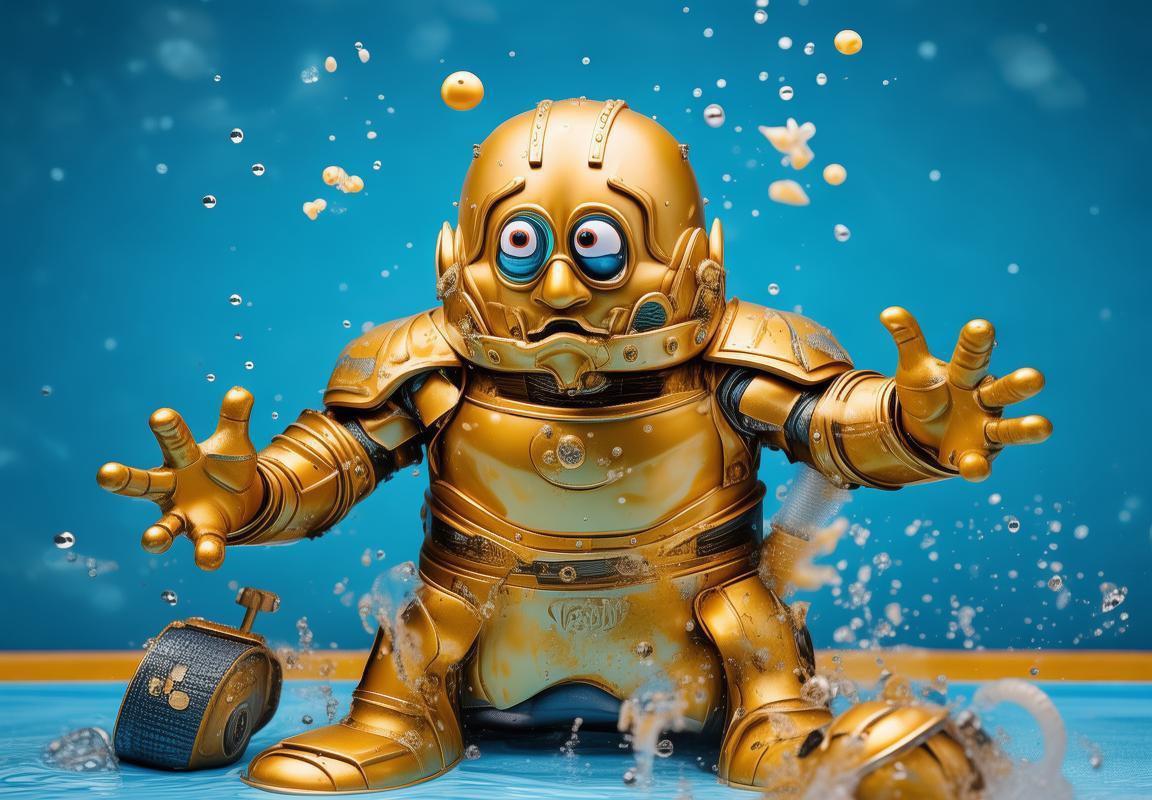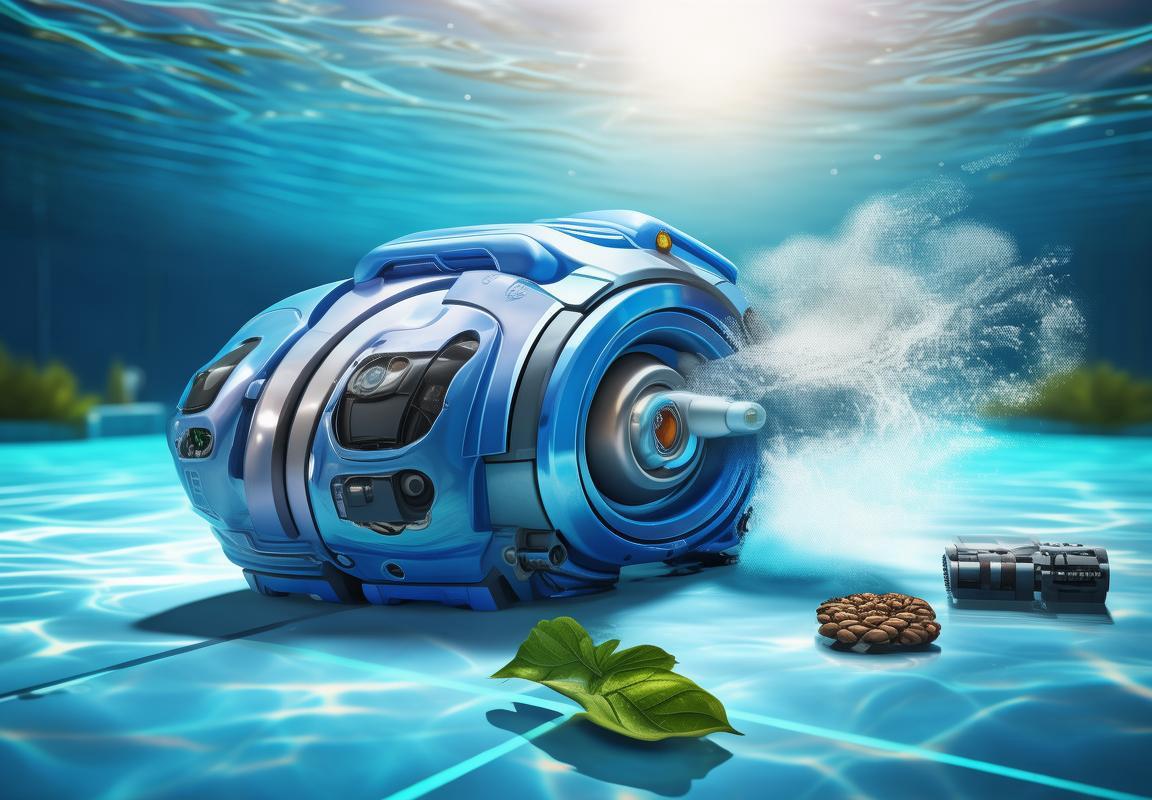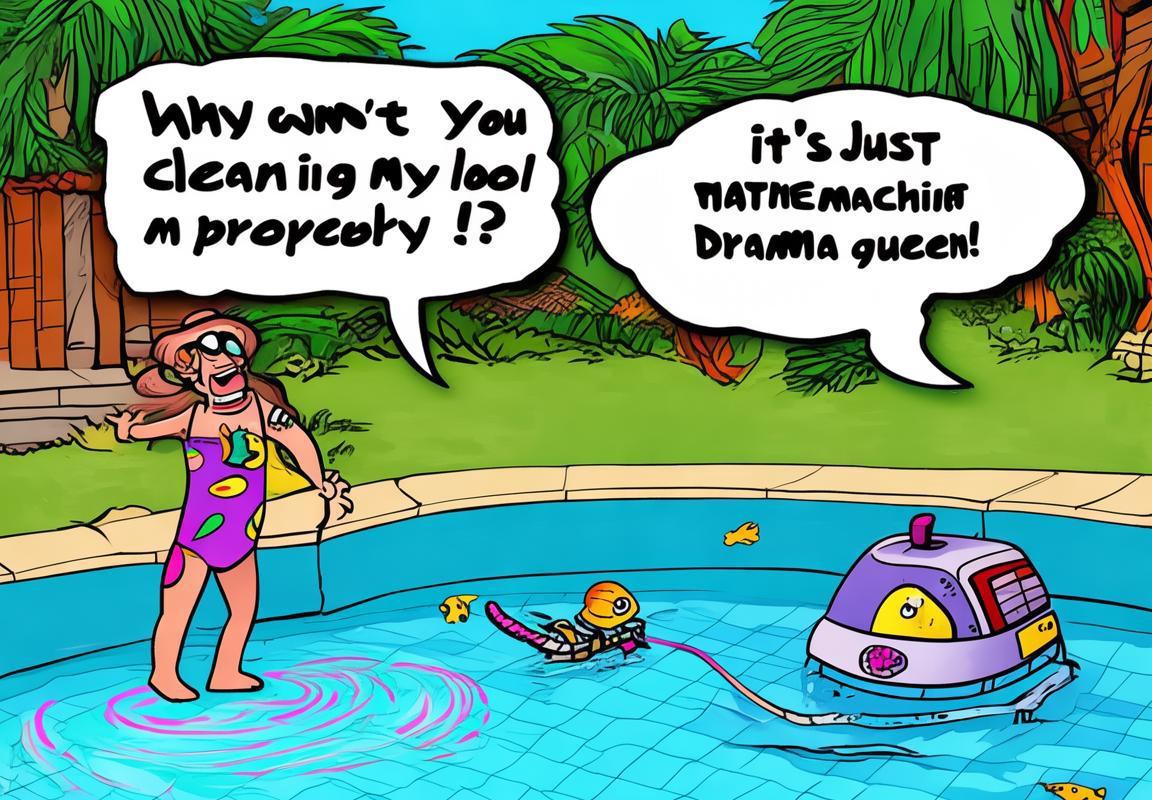Pool Cleaner Troubleshooting: Fix Common Issues with These Key Pool Cleaner Parts (Pool Cleaner Pro Guide
Your pool cleaner acting up? It’s usually one of these pool cleaner parts throwing a fit. If it’s spinning in circles or moving slower than a sloth, check the tracks or wheels—worn treads kill traction. Weak suction? Blame the diaphragm, a flimsy rubber piece that creates vacuum pulses; if it’s torn or stiff, your cleaner’s as useless as a screen door on a submarine. Clogged filter bags or cracked hoses are other culprits—empty debris or patch leaks to restore flow. A seized swivel joint causes tangles; lube it with silicone grease (not WD-40!). For Pool cleaner troubleshooting, start with these fixes before panicking: clean/replace worn parts, check for blockages, and ensure power supply stability. Pool cleaner pro tip: Most issues are DIY-friendly, but if the motor’s dead or electrical gremlins strike, call a technician. Keep spare Pool cleaner parts (diaphragms, filters, treads) on hand to avoid mid-season meltdowns. Remember, 90% of “broken” cleaners just need a $20 part and 10 minutes of TLC—so grab a beer, tackle the easy fixes, and get back to enjoying your sparkly pool.

